Black Friday 2025 has landed at Analogue Wonderland, bringing some of our biggest film photography deals of the year - from discounted film and cameras to money-saving WonderLab processing offers, exclusive bundles, and festive specials available for a limited time only. Grab a great deal while stocks last!
Recent posts
Shop the article
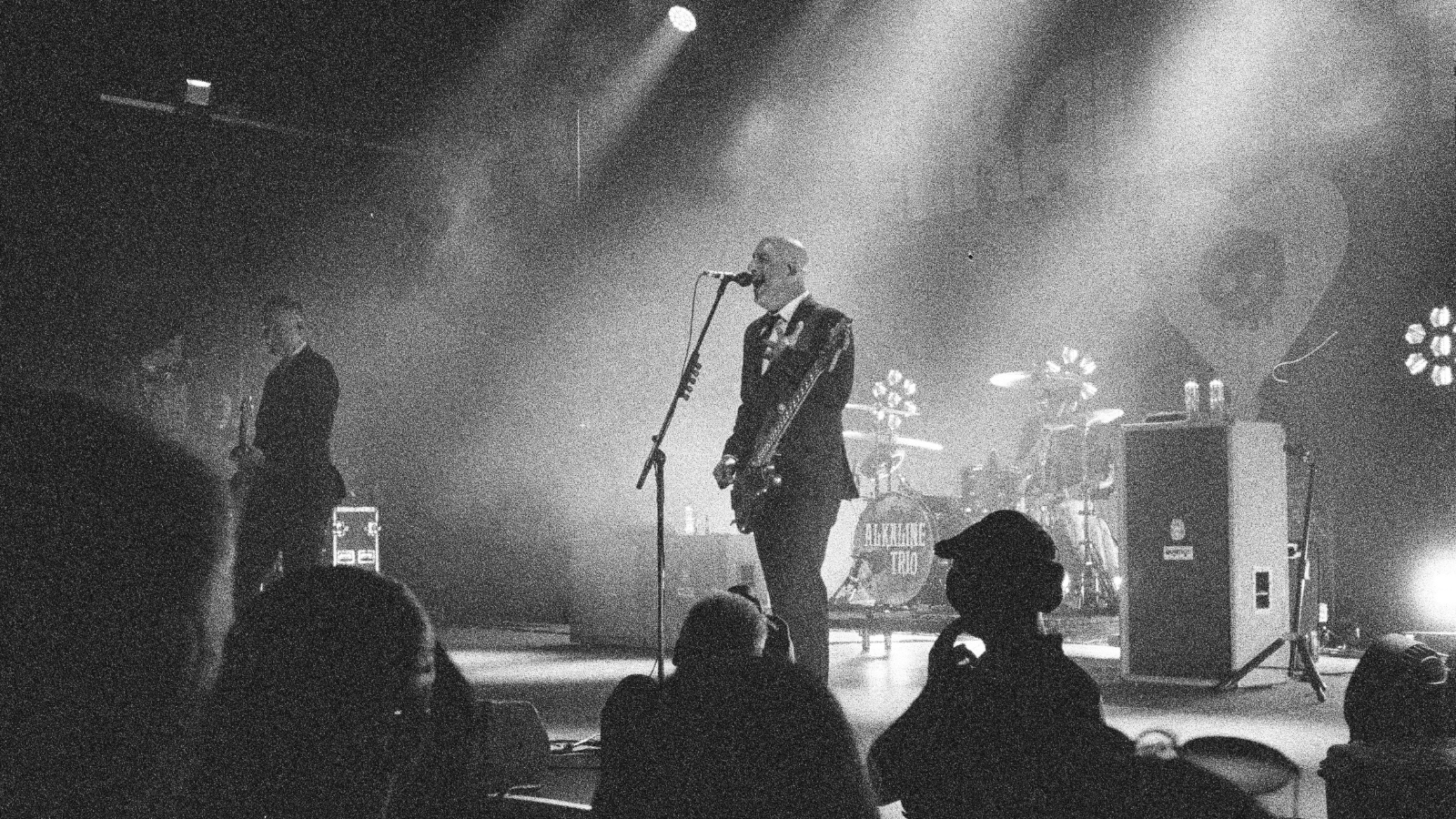
Mastering Film Photography at Gigs: 5 Essential Tips
By Paul McKay
I have always wanted to shoot film photography at gigs. I was a teenager before the advent of digital cameras and so was used to seeing film photos in magazines like Kerrang! that felt authentic and personal. Grainy concert photos and blurry behind-the-scenes snapshots - with a clear visual distinction from the posed PR shots that went with album releases - that’s how I came to know the artists.
One of my favourite bands from that time was Alkaline Trio, so imagine my joy when they announced a 2024 Europe tour! I was lucky enough to get tickets for their Kentish Town gig and I was desperate to capture some film photos. I was only attending as a member of the public - no photographer role or special access or anything like that - but the results have blown me away! Read on for the story of the night, as well as my top tips for shooting film photography at gigs.
Preparing for the gig
Researching a location ahead of time is good advice for any genre, but with gig photography it is absolutely essential. That’s because you need to know two critical things before you can choose your equipment: (1) what is the venue’s policy on cameras in the audience? (2) how close are you likely to get to the artist?
Tip 1: research the venue before choosing your equipment!

Kentish Town Forum: my home for the night
In my case Kentish Town Forum has a ‘no removable lenses’ policy - so SLRs are out of the question, and any long lens (even attached to a body) would still probably attract suspicion. So I knew I’d need a small camera body and an inbuilt pancake lens or something similarly non-threatening.
On the second question I knew that a ‘standing ticket’ in the Forum gets you within a few metres of the band. This would make my life easier as I could still get good photos with a (relatively) wide angle lens. But standing tickets for a punk rock bank also means that I’d need something fast, light and robust enough to survive the crowd movement when they launch into the big-hitting songs.
I thought about taking my Lomography LC-A+, knowing that I could trust its auto exposure to capture great photos with minimal fuss. It’s definitely a robust machine but the lens is too wide for any close-ups of the band.
My Olympus Trip was ruled out by one key weakness: the maximum ISO it can calculate is 400, and I was going for 1600+
Which led me to my Pentax 17. The world’s newest film camera, able to shoot natively up to 3200 ISO, with a super-sharp lens and advanced auto exposure. I’d ideally take a slightly longer lens (the Pentax has a 25mm on half-frame which is equivalent to 37mm on full frame), but it has such a compact profile I knew it wouldn’t be questioned by door security.

This little machine? 😇
Next up: film. And this was an easier decision. A rock concert inside a converted theatre with no natural light - it was going to be dark! So I would need a high ISO, and I thought this the perfect opportunity to shoot Ilford Delta 3200 for the first time. A roll of 36 exposures would give me 72-75 photos on half-frame, more than enough to try some creative experiments and (hopefully) get some lovely results.
This meant all my photos would be black and white. If I were to shoot a different band with more colours on show I would probably push Portra 800 up to 1600, or sacrifice my reserve roll of the discontinued FujiFilm Venus 1600. But fortunately the Alkaline Trio aesthetic matches perfectly with monochrome emulsions, so it wasn’t a concern for this gig.
Prepping the camera
Before my brother and I went into the venue I made sure that the camera was ready. The front of the Forum looked like a great setting for the classic ‘load a roll of film’ video - although in the excitement of sorting everything out I accidentally threw away the Pentax 17’s lens cap… whoops!
I had debated whether or not to push the Delta up to 6400 by using the camera’s exposure compensation, but in the end decided to stick to 3200. It was already going to be pretty grainy, and I figured I might get some nice motion blur if the light was still an issue at 3200.
The warm-up act
Supporting Alkaline Trio on this particular evening was a Norwegian rock band called Slomosa. I’d never heard their music before but they put on an awesome set. Tons of energy, great riffs, a proper performance to get everyone going.
Tip 2: use the supporting act to get super close to the stage. You can also experiment with composition and exposure settings so you’re ready for the main act.

Inevitably there will be fewer diehard fans for the supporting act, so you’ll find it much easier to find your way to the front of the crowd and practise your photography. You can also start to get a feel for the lighting set-up: where you’ll get some backlighting versus where you’ll be blinded by the lasers.
I am really pleased with how the Slomosa photos came out - my heart leapt as soon as I saw the results from the lab. The energy of the band comes through, especially from the headbanging bass player, and I played with long exposures versus large apertures to get a variety of results. I also moved around the floor, trying different compositions and seeing whether I could isolate any of the members for standalone action shots.


Photographing the main event
Having secured myself a spot towards the front during Slomosa’s set, I was well-placed to capture the excitement of Alkaline Trio’s entry to the stage. The next hour and a half were a blur: an adrenaline-filled combination of favourite music and snatches of film photography.
Tip 3: don’t use flash photography to capture the band. It can be distracting for the artist, and security gets upset...
Thank goodness for the compact design of the Pentax 17 camera. I was able to tuck it away in my back pocket when I wanted to dance but it was always close to hand for capturing the moment. I alternated between the long exposure setting and the ‘normal’ mode - to get a variety of final images - and the combination worked well.



My favourite photo of the whole night was when the lights were rotating behind Matt Skiba and aligned to be perfect leading lines in the composition!

It’s worth pointing out that every photo I took during Alkaline Trio’s set was framed, checked, and captured in under a second. The standing area of a rock concert is not the place for stable handheld photography. This is where zone focusing will be your friend - especially knowing that your subject will always be at least >3m away.
Tip 4: use zone focusing to ensure you don’t miss a photo. Even the best autofocus cameras will struggle with the super-low light and constant motion.

Capture the crowd
While the band is the main attraction, much of the evening’s energy comes from the crowd. You can feel the surge when the chords come crashing into favourite songs - and I wanted to try and capture that feeling in my photos.


This is when I switched the settings to long exposure (on the Pentax 17 that’s the ‘moon’ mode). I aimed with my arm outstretched to get the camera into a good vantage point and shot away! I also turned the flash back on for some of these to freeze some of the motion in front of background blur.
Tip 5: don’t be afraid to put yourself into positions where it is tricky to compose a stable shot. Trust your skills and your camera to capture surprising moments of fun and movement.

On the way out - keep shooting
When the band has finished their set don’t think that the photography must also end straight away! There are usually plenty of interesting scenes as the venue closes up - merch stands, empty bars (when did rock concerts start serving cocktails on tap?!), and band posters.

We also ran into a fellow film shooter who happily volunteered to take a photo of me with my brother. Despite the effects of the gig’s refreshments he managed a cracking job, before getting lost on his way to find his bag. Top effort!

In conclusion: film photography at gigs
Shooting film at a concert is a super fun and rewarding project. It’s also nicely contained - you know you only have a couple of hours to fill a roll of film so you can allow yourself to get immersed in the atmosphere and enjoy the full experience.
One of the most important skills is learning to be comfortable with the unpredictability of the situation, the crowd, the vantage points and the light - knowing that this is what will make your photos an unique summary of the occasion.
Have you shot live music on film before? What did you learn, and what are your top tips?
Ready to dive in?
Keep Reading
View all
Film Photography Christmas Gift Guide 2025: Analogue Wonderland
Capture the magic of Christmas with film - no filters needed. Our 2025 Film Photography Christmas Gift Guide 2025 is packed with thoughtful presents for every type of shooter, from curious beginners to seasoned photographers. Discover film stocks, cameras, and creative accessories that will make this festive season truly memorable.
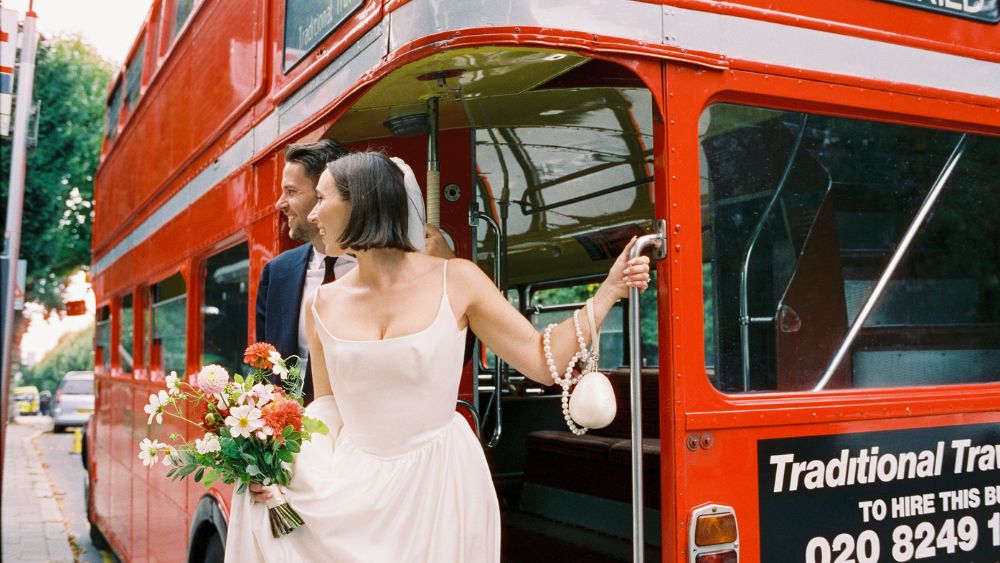
Wedding Photography: Should You Shoot on Film, Digital or Both?
Torn between choosing film or digital photography for your wedding? Wedding photographer Ben Gilholm explores the pros and cons of each format, debunks the myths around film, and shares why your photographer's style is what matters the most when capturing your special day.
Subscribe to our newsletter 💌
Sign up for our newsletter to stay up to date on film photography news, sales and events:
Free Tracked Shipping
On all UK orders over £50
Passion For Film
An unbeatable range and an on-site lab
Our Customers Trust Us
Thousands of independent 5* reviews
All Deliveries are Carbon Neutral
Independently audited and verified by Planet
- Opens in a new window.





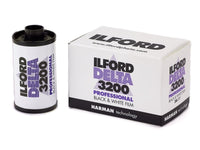
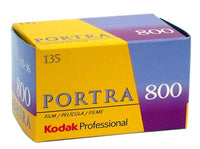
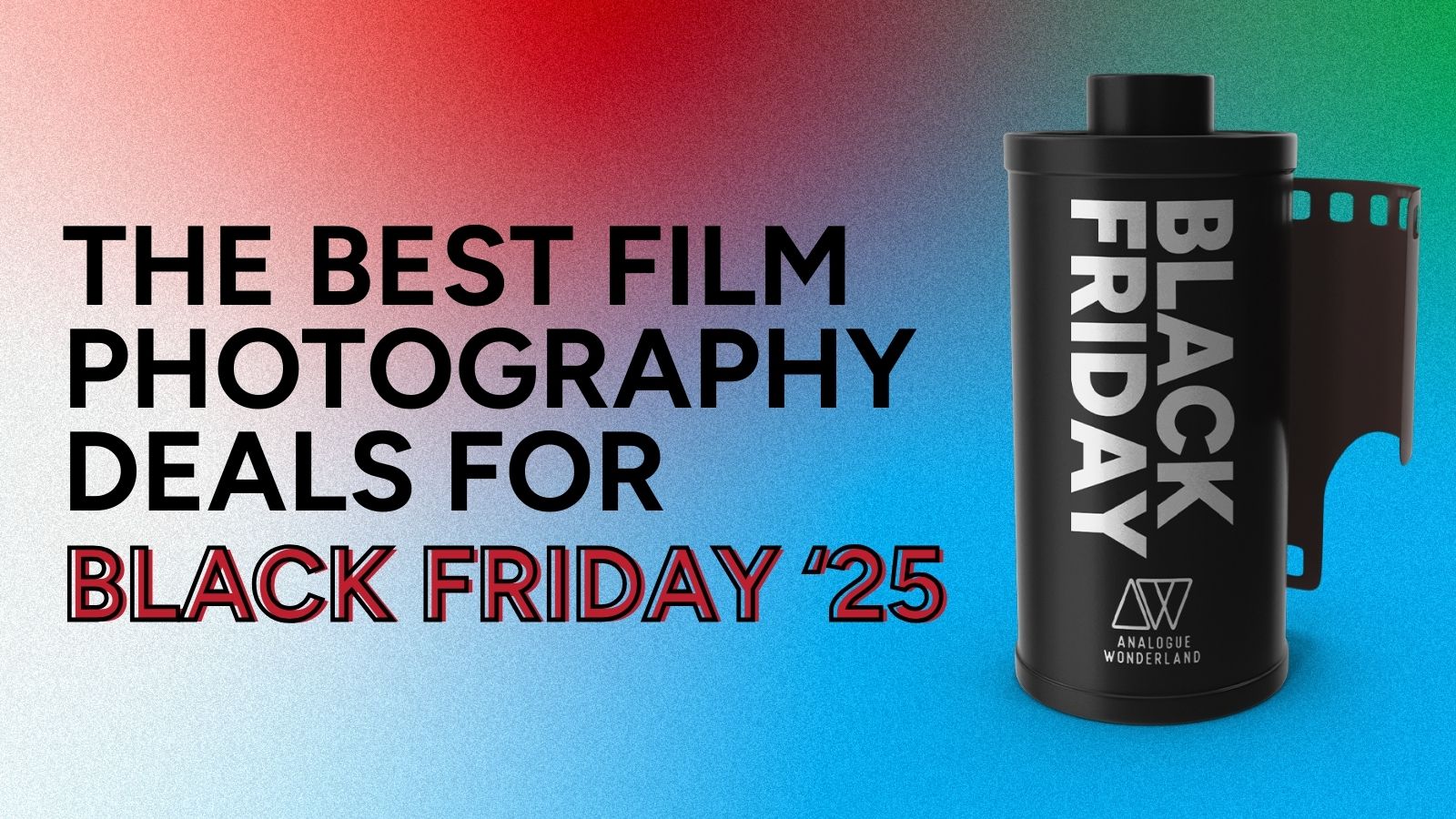
3 Comments -
John Collins • -
Stephen Spark • -
Wol •
Gigs and gig photography are not my “thing”, but the results show what is possible with low light film photography using fixed focal length camera. The grain adds to the atmosphere of the event.
Very timely, Paul – I’ve been pondering how to capture some forthcoming goth and darkwave concerts on film. I have shot film at concerts before, but always at smaller venues or at places where flash wasn’t a problem (because I knew the artistes) and where it was easy to get close to the stage. Larger venues are more of a challenge, so your advice is useful. A lot of it confirmed my gut instincts, but I hadn’t heard of the ‘no removable lens’ rule. You’ve pretty much convinced me that I need a high-quality, compact film camera…
When researching an unfamiliar venue, it’s good to check online for photos taken at previous gigs, so you can get an idea of lighting, distance from front of crowd to stage and so on.
I take a lot of photos at Notting Hill Carnival. It’s a fast moving, excitable environment so you need to be constantly checking who and what is around you – dancers, security people, ropes, police, drunks, truck wheels etc. That same awareness is essential in a concert too. If it’s a lively crowd, a sudden surge could catch you by surprise when you’re concentrating on that perfect shot. If you’re at the front, you need to have your route out of it as well – getting crushed against the barriers is scary. Be considerate: are you blocking people’s view; are people OK with being photographed? All basic common sense, but after a couple of drinks that can evaporate!
I did a gig shoot of Pygmy Twylyte from the front row of a seated gig in Kinross in March.
Kit was Lubitel 166B, with one roll of Delta 3200 pushed to 6400, and two rolls HP5 pushed to 3200.
Everything shot at 1/30s at f5.6 – I’d have preferred f8 but couldn’t hand-hold at slower speeds, and didn’t want to push even further.
Home development in Rodinal 1+25.Scan on digital camera and tidied in Lightroom – taking care with contrast, some noise reduction, and some masking and healing to emphasis the action and remove distractions.
Top tip – take different films and see what works for you. I found the HP5 at 3200 gave better results than the Delta 3200 at 6400. From which follows on two things – fewer frames per film gives more scope for learning, and; be comfortable changing films in the dark in your chosen gig environment.
Sample: https://www.facebook.com/photo?fbid=936594988473155&set=a.212689877530340